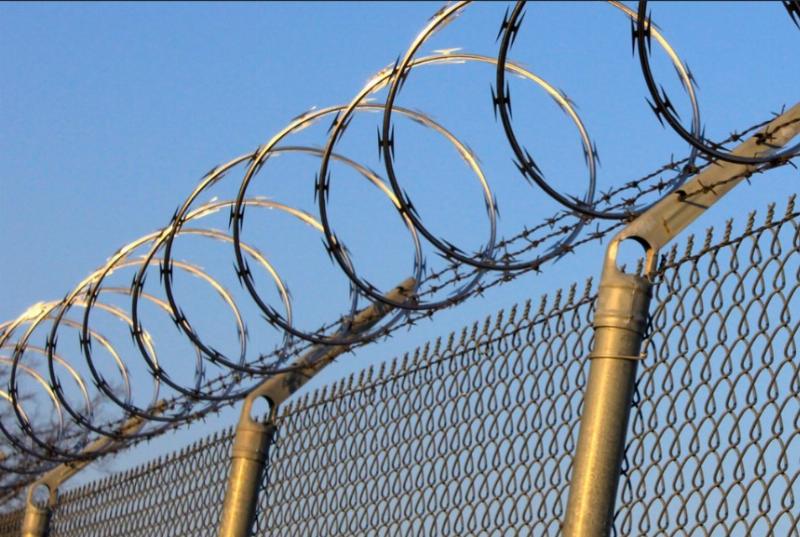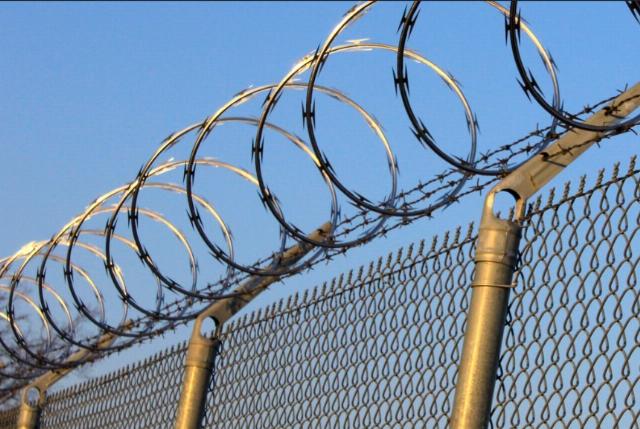


ICE agents carrying out the Trump administration’s Chicago-area illegal alien removals met another roadblock on Tuesday, Oct. 7, when a federal judge extended a 2022 consent decree limiting warrantless immigration arrests and ordered immediate relief for 22 people. U.S. District Court judge Jeffrey I. Cummings concluded that ICE had relied on post hoc paperwork and failed to document the escape risk federal law requires. Tuesday’s 52-page opinion extends the decree through Feb. 2, 2026.
The 2022 consent decree — rooted in the 2018 class action Castañon Nava et al. v. Department of Homeland Security, No. 18-cv-3757-RRP — sets limits on warrantless civil immigration arrests. That suit arose from “Operation Keep Safe,” a large-scale ICE sweep in the Chicago area in May 2018, the court noted.
Key terms of the 2022 consent decree:
Judge Cummings’s opinion was triggered by alleged violations in 22 of 26 ICE arrests reviewed by the court, where agents failed to document a likelihood of escape as required by 8 USC §1357(a)(2). The judge found that ICE tried to paper over those defects with unauthorized, on-scene “field” I-200 warrants for collaterals issued without a prior Notice to Appear (NTA). In other words, the court found that ICE agents brought blank warrant forms and completed them at the scene.
Judge Cummings therefore held that the 22 arrests were unlawful, ordering individual relief and structural remedies (including lifting conditions and retraining). He extended the consent decree to account for ICE’s attempted unilateral “termination” and awarded attorneys’ fees.
Judge Cummings did not rule on separate, newer allegations tied to DHS’s most recent ICE operation, “Operation Midway Blitz.” Instead, he directed parties to attempt resolution and report back. According to the opinion, plaintiffs alleged that “ICE engaged in over twenty-five additional violations of the Agreement in connection with ‘Operation Midway Blitz.’” On September 26, 2025, plaintiffs filed a “notice of additional violations of the consent decree” and also requested a status conference. They then filed another “supplemental notice of consent decree violations” on September 30, 2025, alleging ICE “dramatically escalated” enforcement in Chicago, noting that there were “over seventy additional referrals of potential violations of the agreement.”
ICE responded on October 1, disputing the allegations and noting that “plaintiffs made no attempt to meet and confer with ICE” about the allegations or the supplemental notices. ICE requested an opportunity to file “a more fulsome response” pending restoration of appropriations funding from the Department of Justice.
ICE argued that issuing I-200s “in the field” to collaterals (non-targets) is lawful; that an NTA need not precede the warrant; and that reading the regs to require an NTA would render 8 CFR §287.8 (DHS’s baseline arrest-procedure rule) superfluous. It also pointed to checkboxes on the I-200 form as evidence of its authority. In ICE’s view, tying I-200s to an NTA under 8 CFR §§236.1(b)/1236.1(b) would unduly limit warrant use and make §287.8’s field arrest provisions largely academic.
The court disagreed, holding that §287.8 still governs officer conduct and is not superfluous. What the court rejected was ICE’s “field-issued I-200” workaround — finding that ICE used on-the-spot warrants for collaterals without an NTA to retro-justify seizures.
Under the regulations, the lawful paths are
(1) a proper I-200 tied to an NTA (arrest with a warrant), or
(2) a true warrantless arrest that satisfies §1357(a)(2)’s strict, pre-arrest requirement to document contemporaneous facts showing that the person was likely to escape before a warrant could be obtained.
The court found that ICE often lacked that documentation and therefore found most challenged arrests unlawful.
As for ICE’s “the decree expired” claim, the court held that the decree remained in force because a motion to enforce was pending past May 12, 2025. The court also held that ICE could not terminate it unilaterally by email.
The June 11, 2025 message from ICE’s principal legal adviser — rescinding the Broadcast and suspending “all obligations” — was treated as proof of noncompliance. The court also noted ICE’s concession that it had stopped documenting the likely escape facts required for warrantless arrests, a core duty under the decree and §1357(a)(2).
Judge Cummings wrote that most of the alleged violations arose from “Operation Safeguard 2025,” a federal enforcement action conducted January 26–31, 2025 in Chicago and its suburbs to apprehend foreign nationals. The consent decree applies across ICE’s Chicago Area of Responsibility — Illinois, Indiana, Wisconsin, Missouri, Kentucky, and Kansas.
Cummings also addressed twelve class members — the “Liberty 12” — arrested during a February 7, 2025 raid at a Liberty, Missouri restaurant. For most of them, the court found probable cause lacking: The initial I-213s contained no contemporaneous facts showing a likely escape, and supplemental forms drafted a month later recited details agents did not know at the time of arrest.

